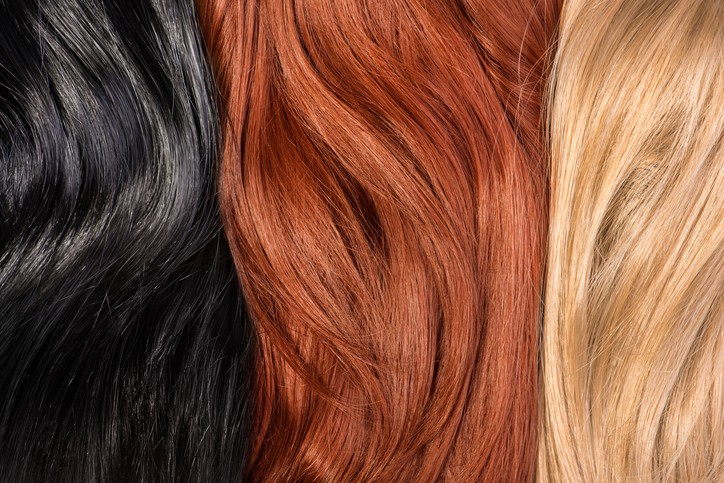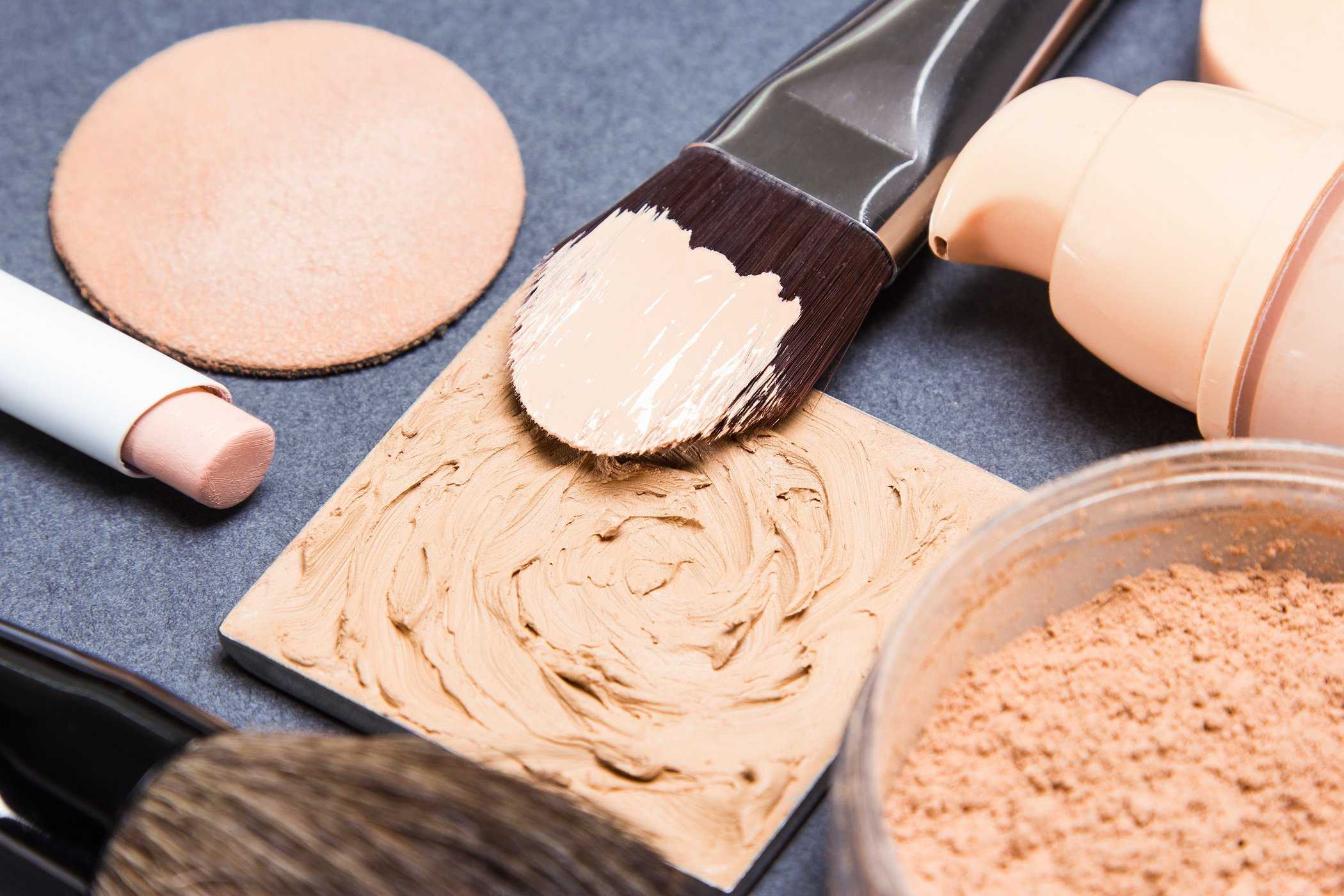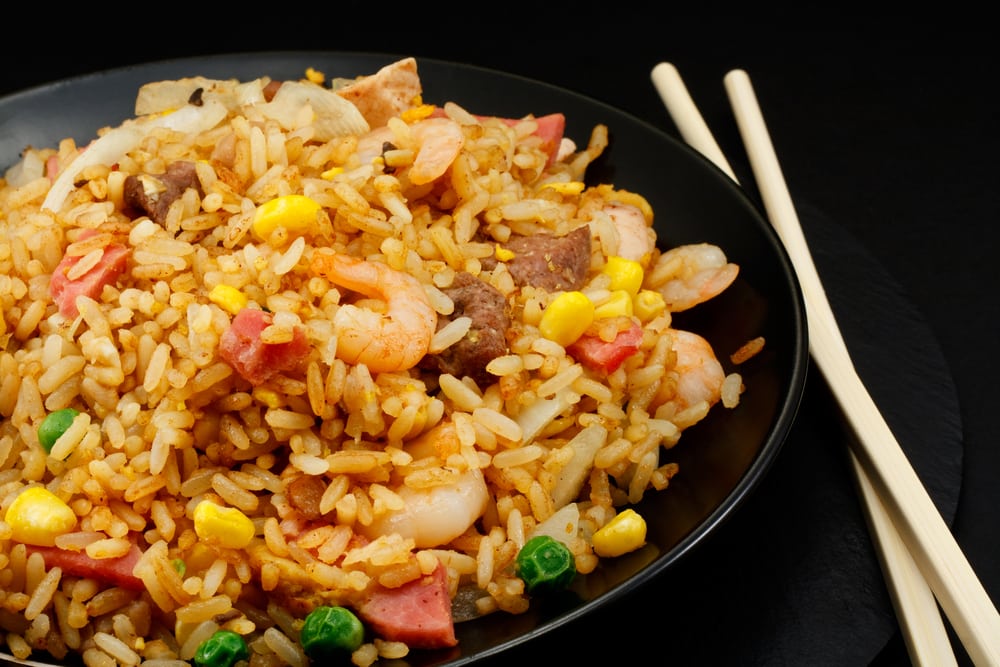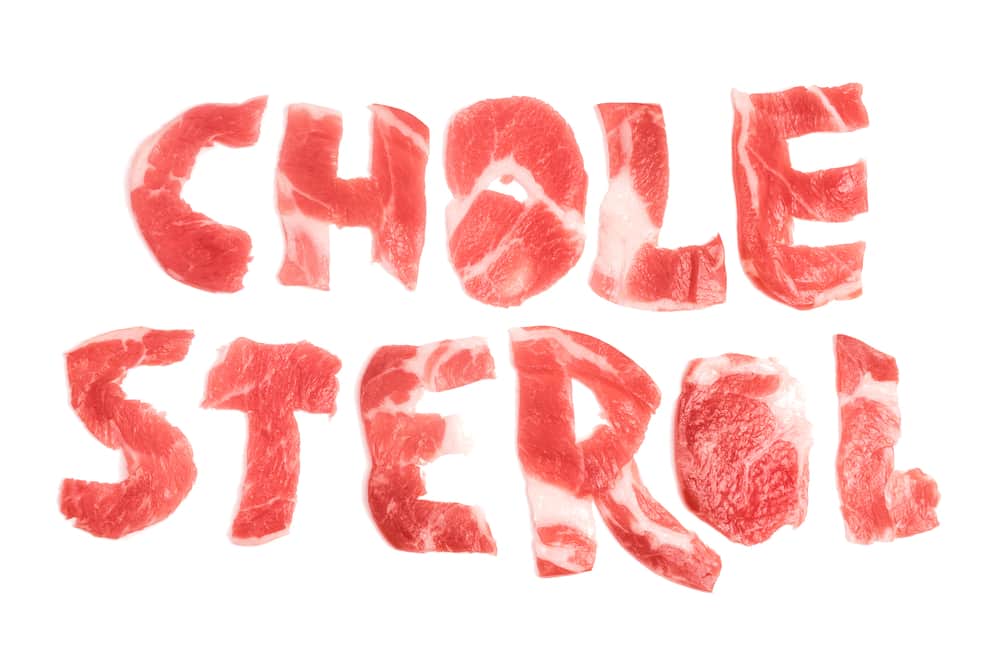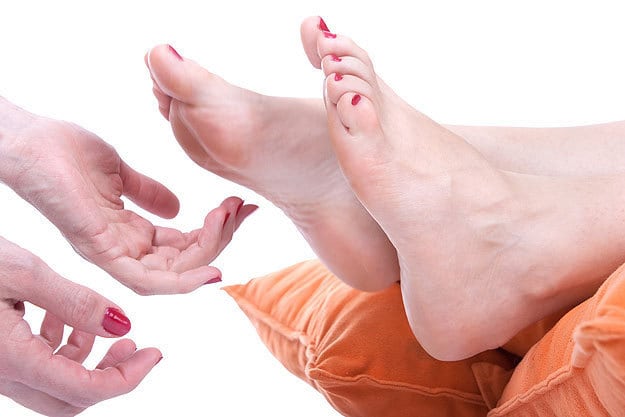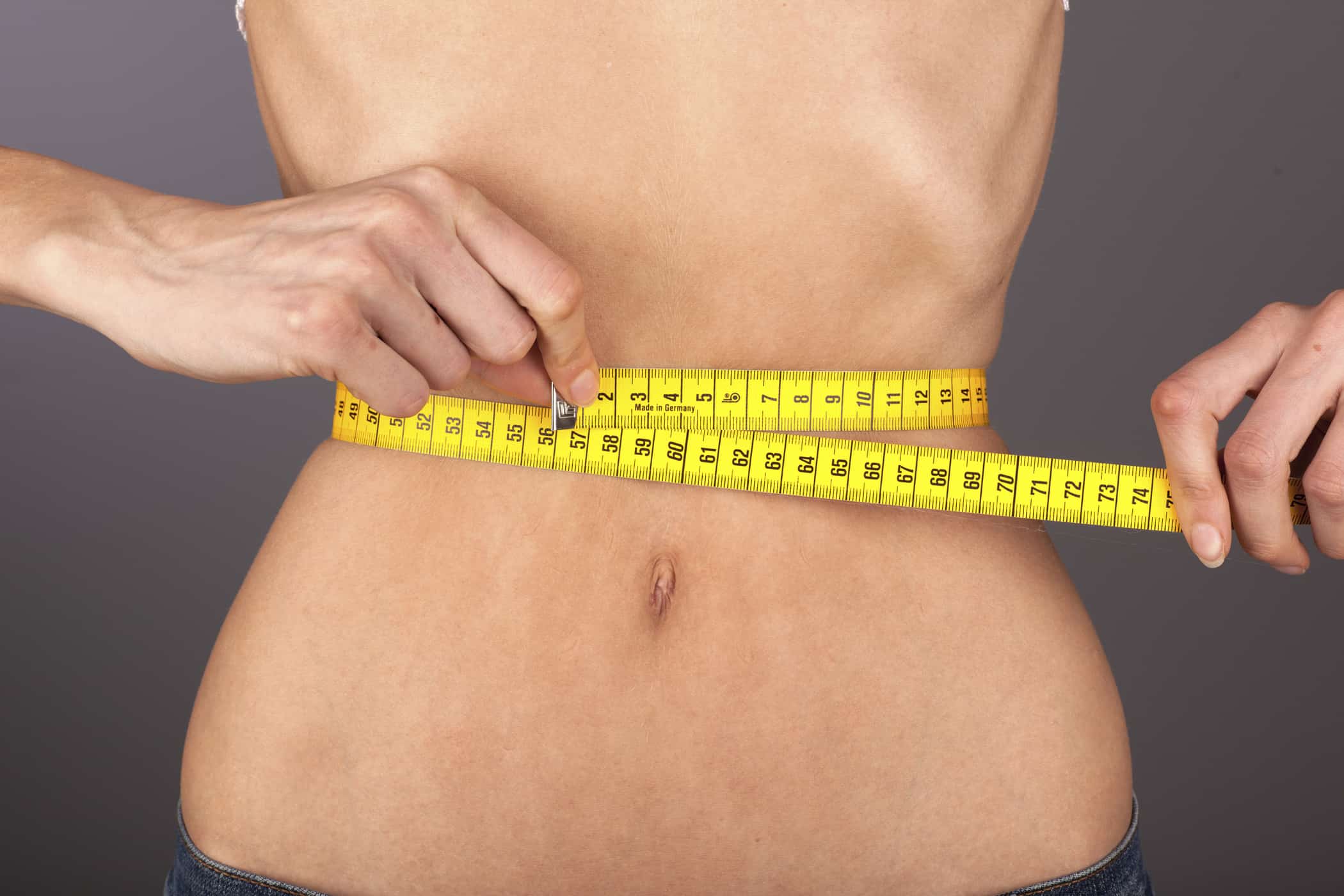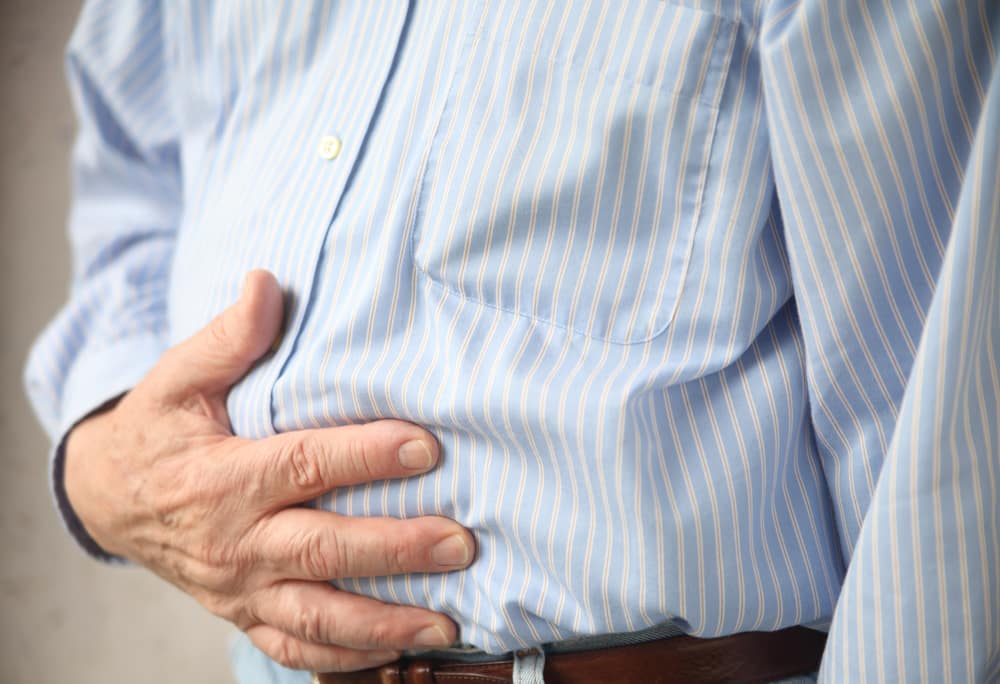Contents:
- Medical Video: What Determines Your Hair Color?
- Pigment
- Genetics
- Environment
- Chemical reaction
- Physical reaction
Medical Video: What Determines Your Hair Color?
Have you ever thought about the difference in your hair color with yours or with your parents, or the difference in your current and previous hair color? Yes, hair color can be different in one family and may change from time to time. So, if your hair color is different from your siblings or parents, that doesn't mean you are not part of them. Don't mistakenly guess first.
Several factors can affect your hair color.
Pigment
Hair color is influenced by pigments or chromophores, namely:
- Melanin, produced by melanosomes found in melanocyte cells. This is the main factor that can determine the color of your skin and hair.
- Hemoglobin or red blood cells in superficial blood vessels
- Foods that contain carotenoids, such as carrots, at a lower level
There are two forms of melanin that can determine your hair color, namely:
- Eumelanin, is a brown or black pigment
- Pheomelanin, is a red or yellow pigment
How much pigment is in the hair, what levels of eumelanin and pheomelanin are in the hair, and how closely the melanin granules (pigments) that are present also affect your hair color. The more eumelanin pigments in your hair, the darker your hair color will be. Very high levels of pheomelanin in your hair will produce red hair. There is no or very little amount of eumelanin and pheomelanin pigments in the hair that will produce white hair color.
Genetics
The amount of eumelanin in your hair is determined by the genes of your parents. In each gene, there is DNA consisting of alleles. One allele from your mother and one more from your father. Both of these alleles can be the same or different, which will give color to your hair.
These two alleles carry a DNA sequence for your hair color. This process occurs randomly, so it can be the color of your hair and your siblings from one mother-father can have different colors. Alleles handed down to children can also explain why both parents who have the same hair color can have children with different hair colors. This can happen because the two alleles that are handed down to the child have a recessive gene, not the dominant one. However, if one allele carries the dominant gene, it is this hair color of the dominant gene that will appear more.
Environment
In addition to the genes of the mother-father and their effect on the amount and type of melanin pigments that your body produces, hair color is also influenced by your environment. The environment can affect the color of your hair in two ways, namely by chemical reactions and physical reactions.
Chemical reaction
This chemical reaction can occur on its own due to environmental exposure around us. Melanin pigments can change due to reactions with acids and bases from the environment. Reactions with acids or bases can occur due to exposure to hair by air, with water, or detergent in shampoo. The reaction of melanin with acid will darken the hair color, while the reaction with alkaline can lighten the hair color.
In addition, sunlight can also affect hair color directly. Ultraviolet light from sunlight can reduce the amount of melanin pigment and can whiten hair fibers. So, if you are often outdoors and exposed to the sun, over time your hair color will change. For example, if you have dark brown and dark hair, it can turn into a light brown color.
Physical reaction
Hair color can also change due to physical reactions or damaged hair. Healthy hair fibers or cuticles (the outermost layer of hair) have a fairly smooth texture and give good color to the hair. Meanwhile, damaged cuticles make the texture of the hair more rough and scaly. This damaged cuticle is usually caused by too much sun exposure that affects the hair. Too often exposed to sunlight can also make hair color look lighter than it really is, hair can also look drier and duller.
Physical reactions that cause hair discoloration also usually occur in hair that often undergoes chemical processes or physical actions in the salon, such as hair that is often exposed to hard detergent, hair that is often washed roughly, and others. Rinsing hair with salt water can also change hair color. Chemicals contained in salts can interact with hair pigments and can also affect the physical properties of hair fibers.
Hair color changes because of these environmental factors can vary between individuals. Some people can be more vulnerable to the environment, while some others do not. This can be influenced by hormones and genetics. So, some people might be able to wash their hair with shampoos that contain strong detergent, while others are more sensitive to detergent in shampoo so that it affects their hair color.
READ ALSO
- Often Use Hairdryers and Catokan? These Tips For Damaged Hair
- Does Shampoo Change Make Damaged Hair?
- 7 Foods to Reduce Hair Loss from the Inside

